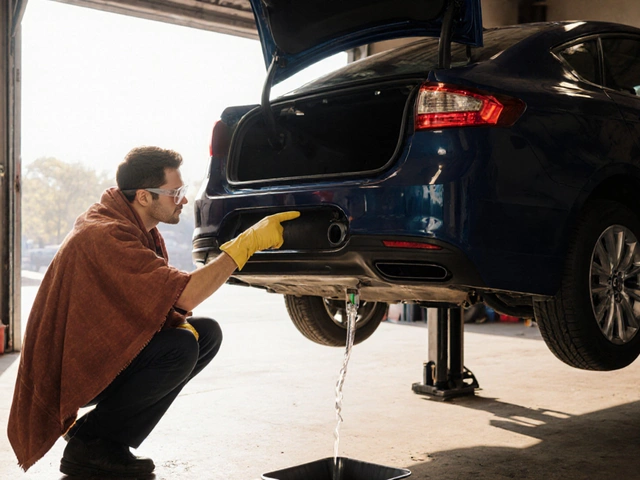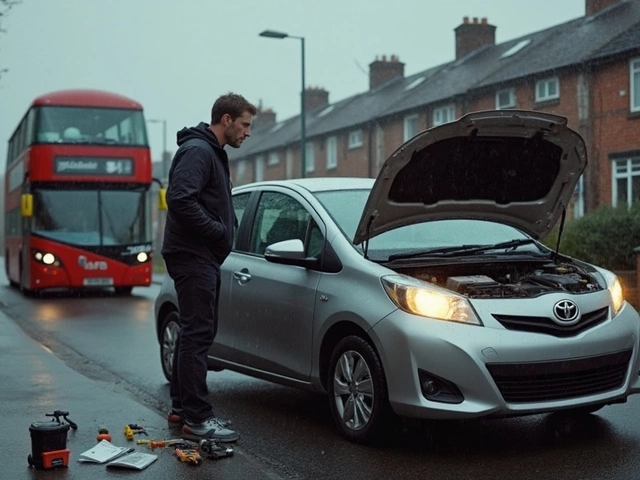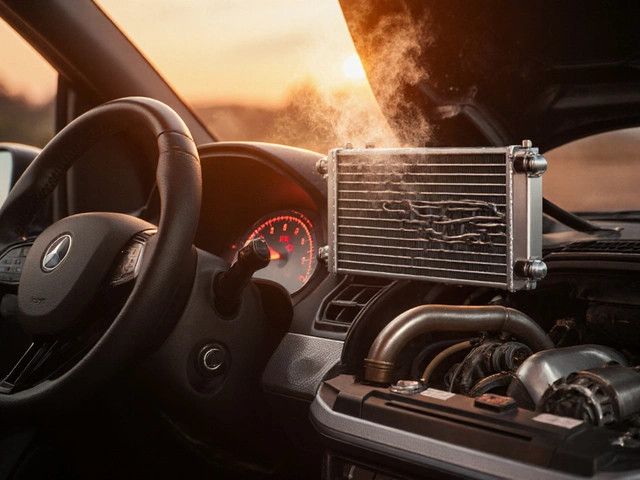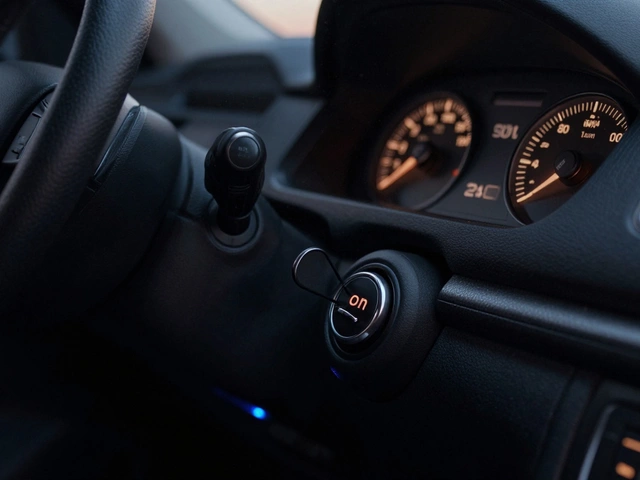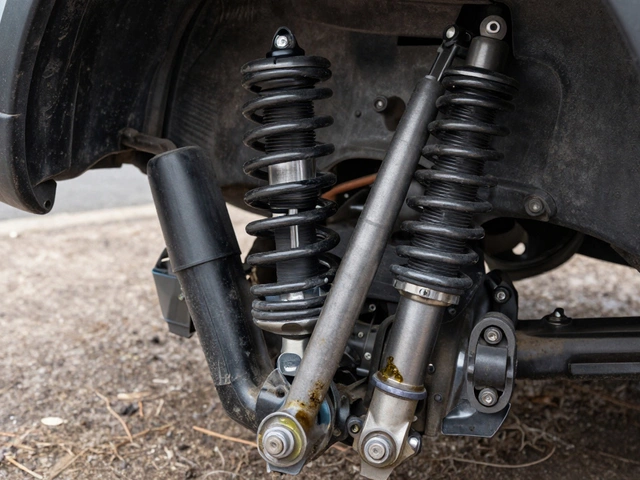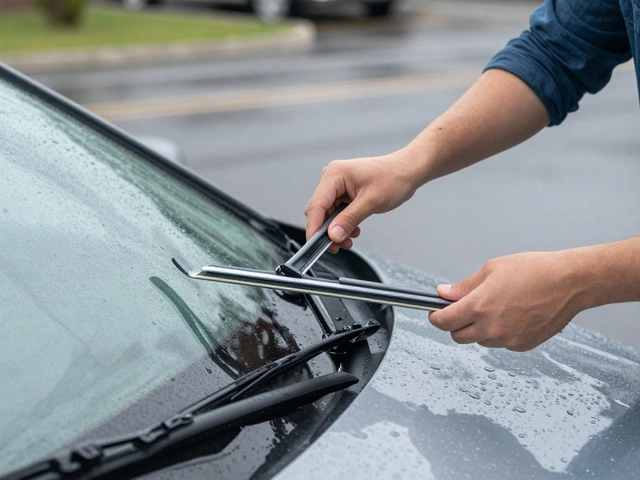Ever thought about whether replacing a fuel pump is something you could tackle? Let's break it down. First, understand that a fuel pump is like your car's lifeline for gasoline. It pushes the gas from your tank to the engine, making sure your ride keeps running smoothly. But if it's faulty, you're stuck—not a great feeling, right?
If you're facing mysterious stalling or starting issues, it might be your pump calling for help. But the real question: is this something for the pros, or can you handle it yourself? Depending on your comfort level with car guts, you'll decide. Let's dig into the nitty-gritty.
- Understanding the Role of a Fuel Pump
- Signs It's Time to Replace Your Fuel Pump
- Tools and Materials You'll Need
- Step-by-Step Guide to Replacing a Fuel Pump
- Tips for a Successful Replacement
Understanding the Role of a Fuel Pump
The fuel pump in your car has a pretty important job. It's almost like the heart of the fuel system. You see, it makes sure that gasoline gets from the tank to the engine smoothly. Without this little gadget working right, even the best cars can't go anywhere.
Think about it: when you press down on the gas pedal, what you're really doing is telling the pump to send more fuel to the engine. The engine mixes this fuel with air to get that perfect boom needed to power your car. This whole process happens fast—like, in the blink of an eye. That's why having a healthy fuel pump is crucial.
Most modern cars have their fuel pumps inside the gas tank. It's not just some random location choice—having it submerged in fuel helps keep it cool and lengthens its life. Funny enough, this convenient placement can make swapping it out a bit tricky. But more about replacement later.
Here's a quick look at how much fuel pressure a typical pump needs to create:
| Car Type | Typical Fuel Pressure (PSI) |
|---|---|
| Passenger Cars | 30-40 |
| High-performance Cars | 60-80 |
Those figures tell us why each vehicle needs the right pump tailored to their specifications. Otherwise, your engine pouts like a kid without candy. So remember, if you're considering tackling a fuel pump replacement yourself, you're essentially maintaining the flow lifeline of your ride.
Signs It's Time to Replace Your Fuel Pump
Wondering if your fuel pump needs a swap-out? Let’s break it down with some really telling signs. If you've noticed your car sputtering more often than usual, or if it’s stalling unexpectedly on a regular drive, that’s a red flag. A wonky fuel pump might be the culprit.
Another big sign is trouble starting the car. If you need multiple tries to get the engine roaring to life, that's not normal; it could be the pump struggling to supply the engine with the fuel it needs. Also, pay attention to any weird noises, like a high-pitched whine from the fuel tank area. It's like your pump is crying out for help.
Keep an eye on your car's performance. If it feels sluggish, like it's struggling, especially at high speeds, your fuel pump might be failing to keep up. And don't ignore the dreaded check engine light; sometimes it's just your pump trying to send an SOS.
- Stalling or sputtering engine: Frequent stalls or sputters can indicate issues with fuel delivery.
- Hard starts: If it takes multiple attempts to start your car, the pump might be to blame.
- Noisy operation: Listen for whining noises, which might mean the pump is on its last legs.
- Poor performance: A drop in performance at high speeds can suggest your pump is struggling.
- Check engine light: The light might come on if the pump is acting up.
These signals usually mean it’s time to look into a replacement before you find yourself stuck on the side of the road. Keep an eye out, and don't ignore these warnings!

Tools and Materials You'll Need
Before jumping into replacing a fuel pump, gathering the right tools is crucial. Trust me, the last thing you want is to tear your car apart only to realize you're short a wrench.
Here's a basic checklist to get you started:
- Screwdrivers: Both flathead and Phillips will come in handy.
- Socket set: You'll need a range of sizes, preferably a metric one.
- Wrench set: Adjustable wrenches can be lifesavers.
- Jack stands: Your car's going to be up in the air, so do this safely.
- Fuel line disconnect tool: This sounds high-tech, but it's a must for avoiding damage to your fuel system.
- New fuel pump: Double-check you’ve got the right model for your car.
- Rags and a drip pan: Spilled fuel is a given, but cleaning up is easier if you're prepped.
- Safety glasses and gloves: Always good to keep your hands and eyes protected.
For those who like numbers, some workshops suggest that doing it yourself could save you anywhere from $200 to $800 compared to dealer prices.
This might seem like a lot, but once you're in the groove, these tools will make the process way smoother. Plus, who doesn't love expanding their toolbox, right?
Step-by-Step Guide to Replacing a Fuel Pump
Tackling a fuel pump replacement might seem like a big job, but with the right guidance, it can be a manageable DIY project. Follow these steps to make the process a bit easier and less intimidating.
- Safety First: Always start by disconnecting the vehicle's battery. This reduces any risk of sparks or electrical issues while you're working around the fuel system.
- Relieve Fuel Pressure: You need to relieve the fuel system pressure before removing the pump. This often involves removing the fuel pump relay and running the engine until it stalls.
- Access the Fuel Pump: Most cars have the pump in the tank itself. Usually, you can access it from under the back seat or through the trunk. Check your vehicle's manual for exact access points.
- Remove the Old Fuel Pump: Once you have access, disconnect the fuel lines and electrical connections. Carefully remove the pump, making sure not to spill any gas.
- Install the New Fuel Pump: Reverse the removal process. Connect the new pump to the lines and electrical connections. Double-check everything is tight and in good shape.
- Reassemble and Test: Once everything's connected, put back any panels or carpeting you removed. Reconnect the battery, start the vehicle, and let it run to ensure everything is in working order.
These steps should guide you through the DIY fuel pump repair process efficiently. Keep your workspace organized and take your time. You're not just saving bucks, you're also learning valuable car repair skills!
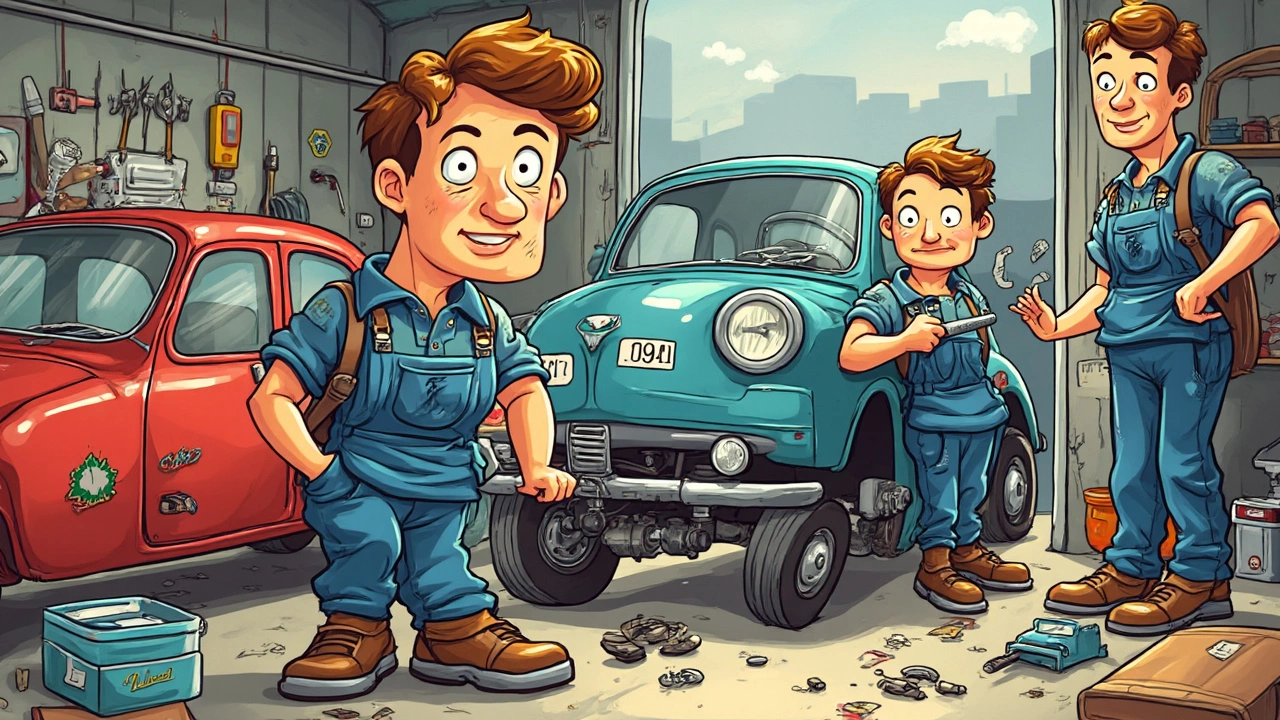
Tips for a Successful Replacement
Alright, so you've decided to roll up your sleeves and replace that fuel pump. Don't worry, it's totally doable if you've got the right game plan. Here are some handy tips that can make your DIY effort smooth like butter.
First things first, always start by disconnecting the battery. Safety should be your top priority, and this step is crucial to prevent any sparks or electrical issues. Remember, a little caution goes a long way.
- Label Everything: Ever seen a spaghetti bowl of wires? Yeah, it's not fun to deal with. Label every wire and hose you disconnect. It'll save you headaches when you put everything back together.
- Use the Right Tools: You don't want to be halfway in and realize you're missing a key tool. Common tools like a socket set, screwdrivers, and a fuel line disconnect tool are your best friends here.
- Cleanliness is Key: Making sure the work area is clean can’t be overstated. Dirt or grime getting into the fuel system can cause major problems down the road.
- Get the Right Pump: Ensure that the fuel pump you get is the correct one for your car model. A wrong part can lead to a lot of unnecessary frustration.
- Consult the Manual: Your car's repair manual is a goldmine. It probably has step-by-step instructions specific to your car and might even include some troubleshooting tips.
As John Smithers from Auto Mechanics Digest said, "Double-checking everything before closing up can save you a world of trouble later on."
Does everything seem a bit overwhelming? Team up with a buddy who enjoys turning wrenches, or you could join an online car enthusiast group. Sharing experiences can provide insights you might not find elsewhere.

